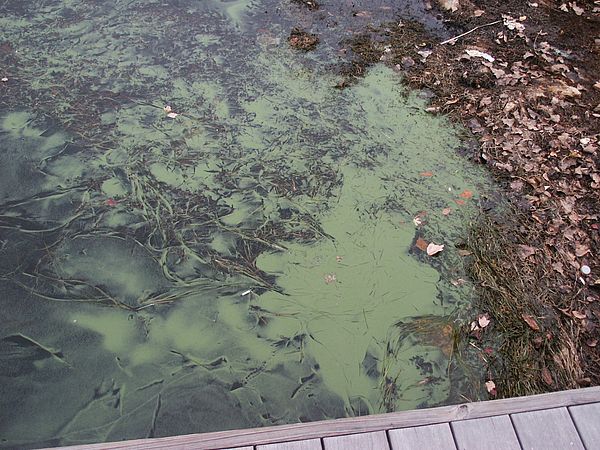As summer fades to winter blue-green algae blooms become but a memory. But what actually happens to the algae? Well, it depends on the species. Some blue-green algae produce specialized resting cells called akinetes that settle to the bottom of the lake and essentially hibernate through the winter. Development of akinetes is triggered by both declining light levels and declining temperature. Other blue green algae produce colonies that are either buoyant or not. As winter approaches, change in light and water temperature lead to an increase in proportion of non-buoyant colonies. These cells settle to the bottom where they continue to remain active and even divide, though at a much reduced rate. Come spring, when wind and wave stir the bottom sediments, the algae are re-suspended. Models developed in the Netherlands suggest that if there were no recruitment of algae from the bottom, summer blooms would be reduced by 50%.
